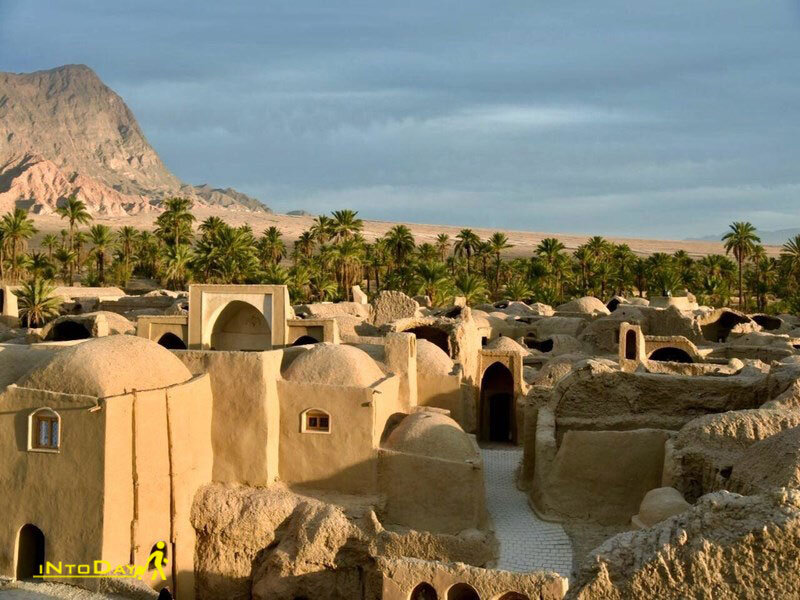Iran’s tourism ministry to host exhibit featuring South Khorasan destinations

TEHRAN – A collection of photographs depicting natural and cultural destinations in Iran’s South Khorasan province will go on show at the headquarters of the Ministry of Cultural Heritage, Handicrafts, and Tourism in Tehran.
Skills passed down from generation to generation, indigenous rituals, handicrafts, and lifestyle habits will be other themes for the five-day exhibit, which opens today.
Available data suggests more than 3,000 foreign travelers made overnight stays during their visits to the lesser-known province in the past Iranian calendar year that ended on March 21.
Situated in eastern Iran, South Khorasan is bounded by the UNESCO-registered Lut Desert on its south edge. It is home to many historical and natural attractions, such as Birjand Castle, Dragon Cave, Furg Citadel, and Polond Desert. The province is also known for its handmade rugs, as well as its saffron and barberry, among several other agricultural products.
The province has long been a destination for sightseers and researchers willing to visit centuries-old windmills, locally known as Asbads, such as ones located in the oasis city of Tabas-e Masina and Khansharaf village.
Khorasan — meaning the “Land of the Sun” — is a historical region and realm comprising a vast territory now lying in northeastern Iran, southern Turkmenistan, and northern Afghanistan. The historical region extended along the north, from the Amu Darya (Oxus River) westward to the Caspian Sea and, along the south, from the fringes of the central Iranian deserts eastward to the mountains of central Afghanistan.
Iran seeks to reap a bonanza from its numerous tourist spots such as bazaars, museums, mosques, bridges, bathhouses, madrasas, mausoleums, churches, towers, and mansions, of which 27 are inscribed on the UNESCO World Heritage list.
AFM
Leave a Comment